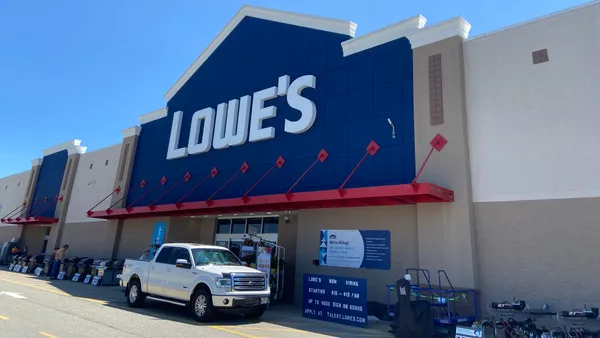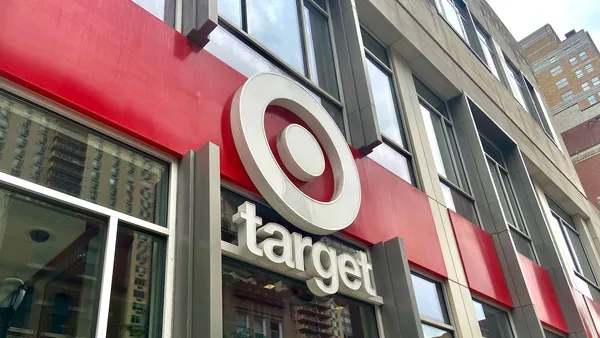Dive Brief:
-
Sephora has begun its largest store expansion since the beauty player entered the North American market over 20 years ago, with plans to open 100 stores in the region in 2020, according to a company press release.
-
The beauty retailer will more than double the number of store openings from the prior year, according to the release. In 2019, Sephora opened 110 new stores globally, according to financial documents from parent company LVMH.
-
The expansion plans include opening stores in more than 75 cities, focusing on "local neighborhoods and community centers," including in Charlotte, North Carolina; Nashville, Tennessee; and San Jose, California. To accommodate that local focus, the retailer is also using a smaller 4,000 square-foot format for some of the stores to "more seamlessly integrate into street and local center locations."
Dive Insight:
In its latest move, Sephora seems to be taking a page from Ulta's playbook and moving outside of the mall.
"In looking at where and how today's beauty lover is shopping, there's no doubt that there's a trend toward more local shopping destinations," Jeff Gaul, senior vice president of real estate and store development at Sephora, said in a statement. "This year, clients can expect to see more Sephora stores not only in malls and high-traffic shopping centers, but also closer to home. These locations are meant to complement our existing fleet and give clients a more personalized and customized experience."
In execution, that means opening locations close to where customers live and work, "including street and local centers as well as a mix of new and established shopping centers," per the release. Local stores will also have a different layout than the rest of its fleet, with hair care and skin care featured at the front of the store, a Sephora Studio for skin and beauty services, and traditional features like mobile checkout, Find Your Fragrance and Beauty on the Fly.
All stores in the expansion will be made with cost-effective materials to allow for more investment in "client centric experiences," and will be powered with 100% renewable energy. They will all feature beauty services and digital beauty tools, like the retailer's foundation-matching Color IQ technology.
Sephora is no stranger to store innovation. The retailer's Beauty TIP Workshops and Sephora Studios are evidence enough of a strategy built around engaging the customer through experiential services and technology-enabled discovery. And recently, that has evolved to include a direct-to-consumer brand strategy as brands like Glossier try to push their way into the space.
Over the summer, Sephora launched a series of merchandising initiatives around up-and-coming brands, including Sephora's Next Big Thing, a space dedicated to displaying new makeup brands. Its moves have been matched by Ulta, which debuted its own platform highlighting digitally native brands a couple of months later.
Both retailers have focused on securing exclusives from online brands entering physical retail for the first time, and despite Ulta's focus on both mass and prestige brands, Sephora's decision to focus on opening stores outside the mall could put the two in closer competition with each other. Ulta from 2012 to 2018 opened about 100 stores a year, only recently slowing that number, and for the most part they've been opened outside of "your typical mall environment," Monica Arnaudo, recently named chief merchandising officer, told Retail Dive in 2018.
Sephora's expansion plans also come as consumer trends are leaning heavily toward skin care, and cosmetics loses ground with younger demographics. A February report from the NPD Group found that prestige makeup sales declined 7% in 2019, while skin care was up 5%.














